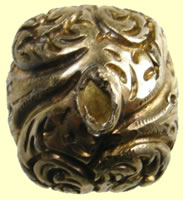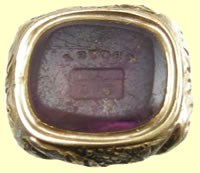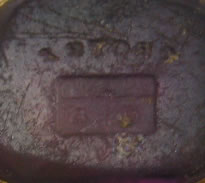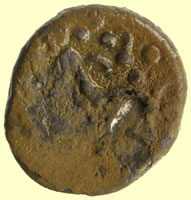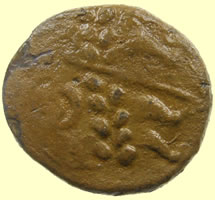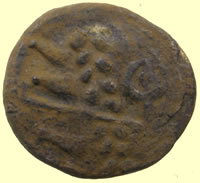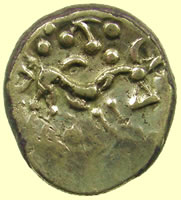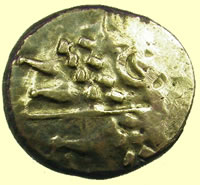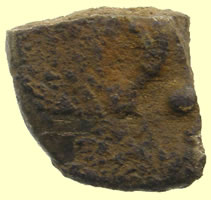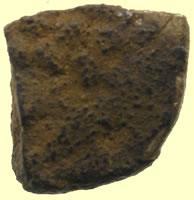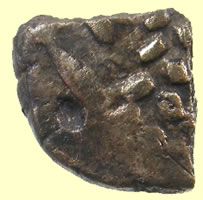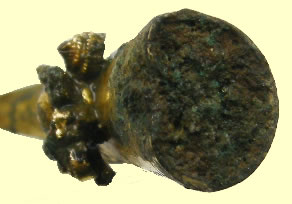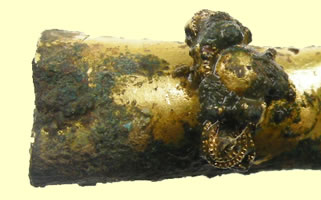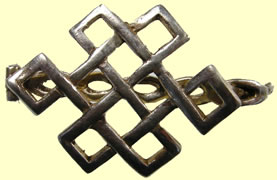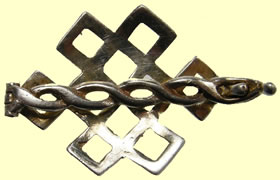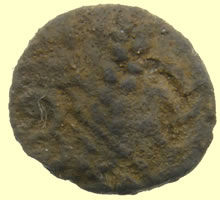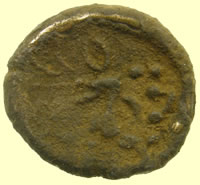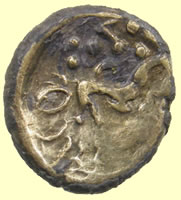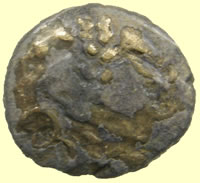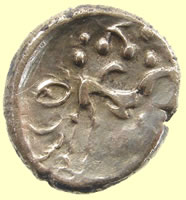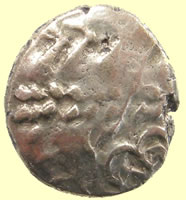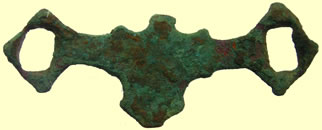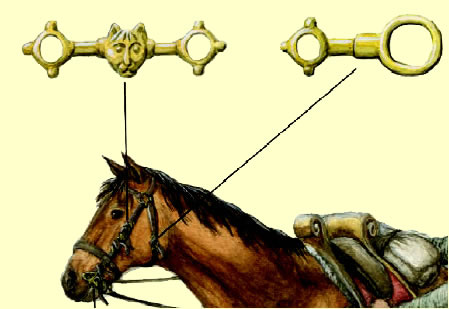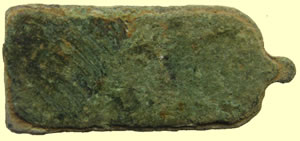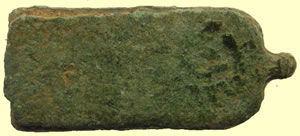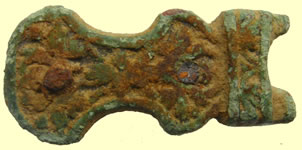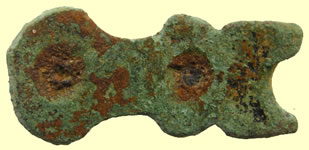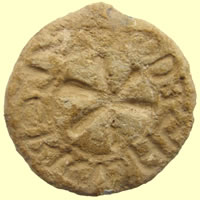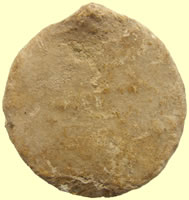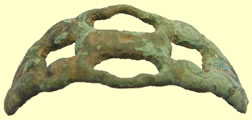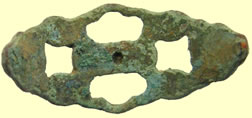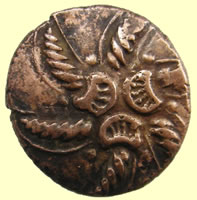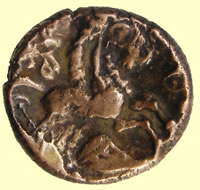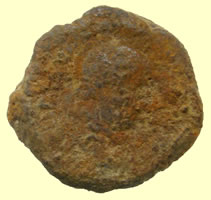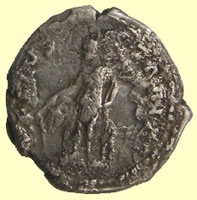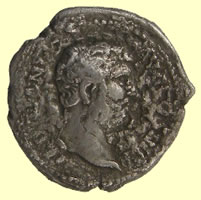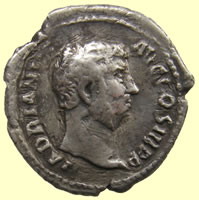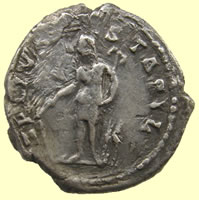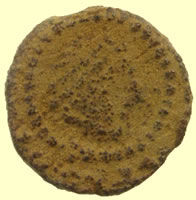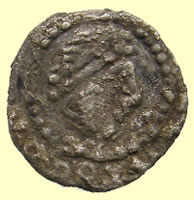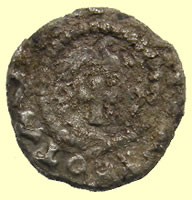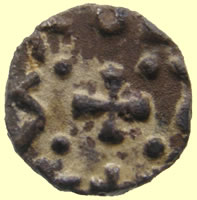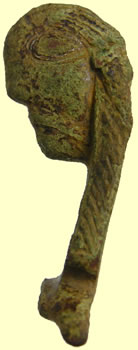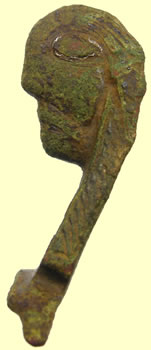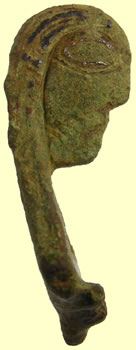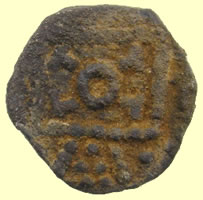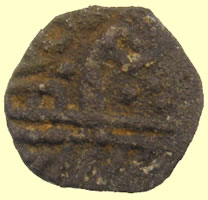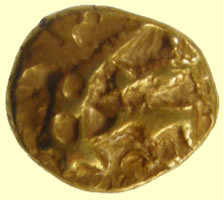

Metal detecting holidays in England with the World's most successful metal detecting club.
Twinned with Midwest Historical Research Society USA
| 2013 March Finds pictures | ||||||||||||
 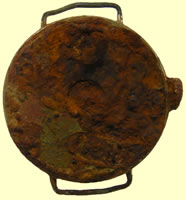 |
|
|||||||||||
| Gold wrist watch | Georgian solid gold fob seal - 'C Royal' | |||||||||||
  |
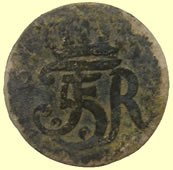 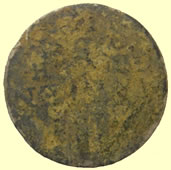 |
|||||||||||
1754 Portuguese 10 Reis, X; 1/2 Vinten
|
18thC Continental silver billion coin - cooking to remove crust | |||||||||||
 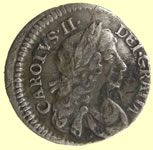 |
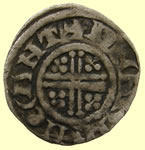  |
|||||||||||
| 1681 Charles II milled silver 2 pence | 1216 Henry III hammered silver short cross penny - Class 6c3, hair curls 3 -3 - Obv HENRICVS REX Rev HENRI ON CANT - Moneyer Henri of Canterbury mint |
|||||||||||
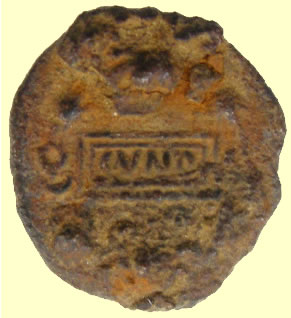 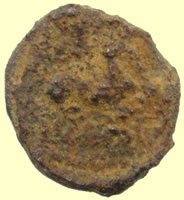 |
||||||||||||
10- 40 AD Cunobelinus 'Sitting Griffin' type silver unit - Classed as extremely rare VA 2051, BMC 1868-9 Chris Rudd 30.73 Cooking to clean up and sent to CCI for recording and confirmed ID Rev CVNO in tablet, wreath border Obv Griffin r - on tablet containing CAMV |
||||||||||||
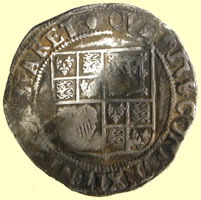 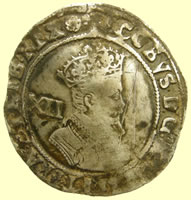 |
||||||||||||
| Huge 1605-6 James 1st hammered silver shilling (12 pence) - Rose mint mark | ||||||||||||
 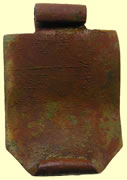 |
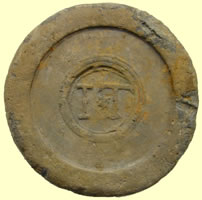 |
|||||||||||
| Post medieval book clasp | 17thC lead trade weight - I*T | |||||||||||
 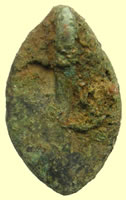 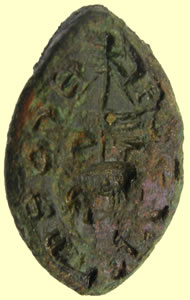 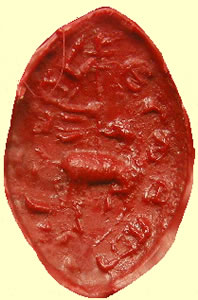  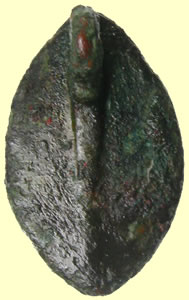 |
||||||||||||
13th C bronze Vessica seal matrix - needs a soak and pick to clean legend and impression Now partially cleaned up shows a sacrificial lamb type impression |
||||||||||||
 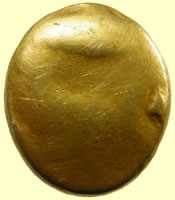 |
||||||||||||
Gallo Belgic 57 BC Celtic gold full stater 6.35g, 17.74mm Hi Chris
It's a nice early one, from a known reverse die, from near the start of Gallo-Belgic E class 1 so should date to c.57 BC as the series probably began soon after the start of the Gallic Wars in 58/7; CCI 12.0837.
John Reported as hoard to museum |
||||||||||||
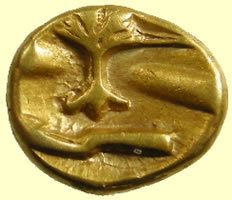 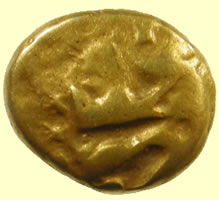 |
||||||||||||
70BC Morini Boat Tree type Celtic gold qtr stater - sent to CCI for recording 1.49g, 10.40mm Reported as hoard to museum |
||||||||||||
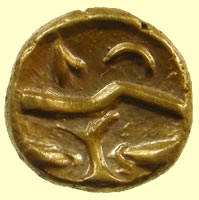  |
||||||||||||
70BC Morini Boat Tree type Celtic gold qtr stater - sent to CCI for recording 1.45g, 9.63mm Reported as hoard to museum I've recorded the two quarters, the oval coin with a fairly clear 'boat' is 12.0838 and the round one with a more worn boat is 12.0839. Both are from fairly early in the Gallic War series and are Scheers class 3 (her earliest Gallic War quarter type), probably struck not long after the stater. They're standard types, nothing particularly unusual about them. Where there are three GB E and D there are usually more so there could be quite a few. All the best John |
||||||||||||
5.07g, 19.7mm Thought originally to be a forgery but turn out to be 50 BC British G 'Early Clacton' low grade gold staters - reported as hoard to museum CCI 12.0843
|
||||||||||||
The cut fragment is now 12.0840 and the full stater 12.0843. I'm not at all sure that these are forgeries, especially the full coin, because late British G 'Early Clacton' staters can often look quite rough and the weight of 5.07g is in line with it being genuine, but very base (in some cases the gold content is under 20%). Also there are two hoards, Clacton 1898 and near Woodbridge, Suffolk, where early Gallo-Belgic E staters have been found in association with Early Clacton gold, so your finds would make a lot of sense as a third hoard of this type. |
||||||||||||
CCI 12.0840
|
||||||||||||
Thought originally to be a forgery but turn out to be 50 BC British G 'Early Clacton' low grade gold staters - reported as hoard to museum The cut fragment is now 12.0840 and the full stater 12.0843. I'm not at all sure that these are forgeries, especially the full coin, because late British G 'Early Clacton' staters can often look quite rough and the weight of 5.07g is in line with it being genuine, but very base (in some cases the gold content is under 20%). Also there are two hoards, Clacton 1898 and near Woodbridge, Suffolk, where early Gallo-Belgic E staters have been found in association with Early Clacton gold, so your finds would make a lot of sense as a third hoard of this type. |
||||||||||||
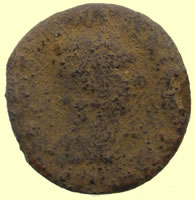 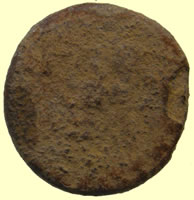 |
||||||||||||
| 2ndC Roman silver coin - cooking to remove crust | ||||||||||||
 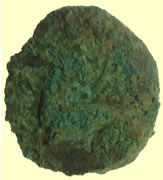 |
||||||||||||
10-40 AD Cunobelin bronze unit - CVN and what appears to be a Pegasus Victory left type. Obv Pegasus L head turned back Rev Victory standing CVN in front Sent to CCI for recording 1.74g, 14.22mm |
||||||||||||
Rope necklace end still in place, single rivet fixing - curly tail on rear of beast
C8thC Saxon rope necklace end cap - bottom picture show beast with large bottom jaw, large nose, recessed eyes with his head resting on his paw left - rear shows curled up spiralled tail. 43.18mm long x 10.14mm dia 4.18g |
||||||||||||
 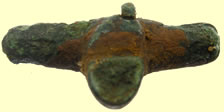 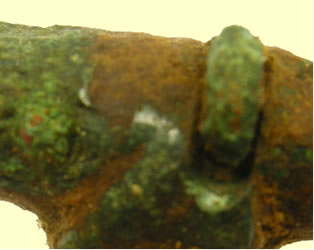 |
||||||||||||
| 1stC AD Colchester type two piece Roman fibular brooch | ||||||||||||
 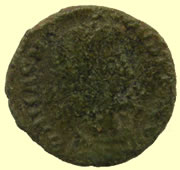 |
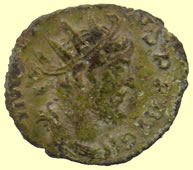 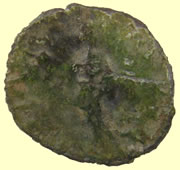 |
|||||||||||
4thC Roman bronze coin sent for ID Coin 3 1.05g, 12.72mm |
3rd C Roman bronze coin sent for ID Coin1 2.00g,17.73mm |
|||||||||||
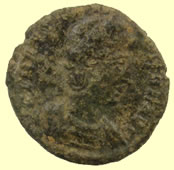  |
This is an interesting and widely varied group spanning over a century. The first seems to be Tetricus I, 270-273, (but might also be Victorinus), with whose coins I'm pretty sure you're quite familiar. Unfortunately the reverse was struck using such a badly worn-out die that I can't be certain which personification or deity might have been intended. Although Pax holding an olive-branch and scepter is always a safe guess for the Gallic Empire pieces unless you have some details or legend indicating otherwise, I believe that might be an "A" at 5:00 on the reverse, which would make it more likely to be "SPES PVBLICA" with Spes (Hope) holding a flower in her outstretched right hand and hitching the hem of her skirt with the other as she walks to the left. The second is a posthumous commemorative of Theodora, 2nd wife of Constantius I, struck just after the death of Constantine I (337-340) by Constantine's 3 sons as Augusti - Constantine II, Constans and Constantius II. The reverse - legend PIETAS ROMANA - shows Theodora as Pietas standing right and holding a child in her arms. I can't be certain, but if the 1st character in the exergue is an R, it's from the mint at Rome. You don't seem to find very much by way of official Roman Æ's from the period after Constantine's death - although you do find the odd siliqua - so this seems sort of unusual. This belongs to the same period as the last of the 1-standard GLORIA EXERCITVS pieces and the VRBS ROMA & CONSTANTINOPOLIS / GLORIA EXERCITVS "official mules", as well as the 1st round of posthumous commemoratives for Constantine - the type with the quadriga beckoned heavenward by the Manus Dei. The third piece is actually fairly rare and quite interesting from a British History standpoint. This is a little "Æ4" nummus of Magnus Maximus (383-388), with a so-called "campgate" reverse - more likely a representation of a signal-tower/"mile castle" from a Roman frontier fortification. These would have been strung along a frontier, as along Hadrian's wall, and provided a way of quickly passing information up and down the border. It could also be a city-gate, but since cities generally grew up around/out of military camps, the distinction between "camp" and "city" gate is fairly vague at best. The legend on the reverse would be SPES ROMANORVM if you could make it out. The exergue is similarly illegible, but this would be from a western European mint since that was the only part of the Empire he controlled - and in fact, when he went to expand his territory to include Italy, he met his demise at the hands of Theodosius at the battle Poetovio. Rudyard Kipling made him a character in one of his short stories - "Puck of Pook's Hill"
Mark |
|||||||||||
4thC Roman bronze coin sent for ID Coin 2 1.66g, 14.54mm |
||||||||||||
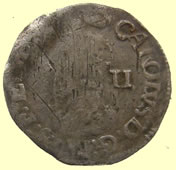 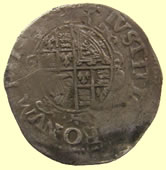 |
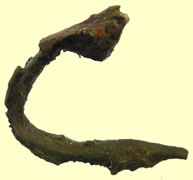 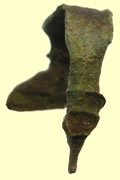 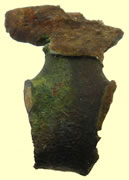 |
|||||||||||
| 1636-8 Charles 1st hammered silver half groat | 1stC AD Roman Hod Hill type fibular brooch | |||||||||||
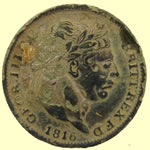  |
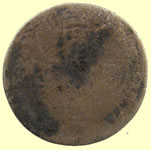 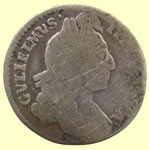 |
|||||||||||
| 1816 George III milled silver sixpence forgery | 1696 William III milled silver sixpence | |||||||||||
  |
 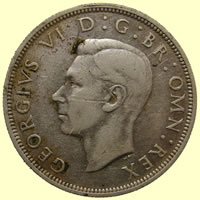 |
|||||||||||
| 1stC AD European Roman fibular brooch | 1940 George VI milled silver half crown (30 pence) | |||||||||||
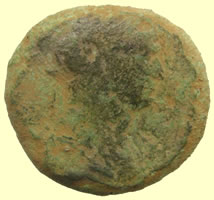  |
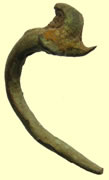 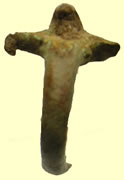 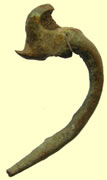 |
|||||||||||
| 138AD Hadrian Roman bronze coin | 2ndC Roman fibular brooch | |||||||||||
 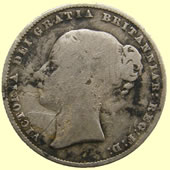 |
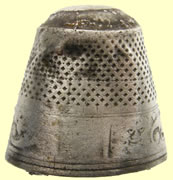 |
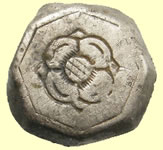 |
||||||||||
| 1860 Victoria milled silver shilling | Georgian silver thimble | 18thC silver Royal navy button | ||||||||||
|
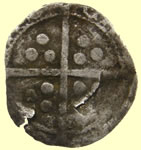 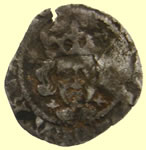 |
|||||||||||
| 20thC silver brooch | 1485 -1509 Henry VII hammered silver penny - crosses by neck Obv HENRIC DI GRA REX ANGL London mint |
|||||||||||
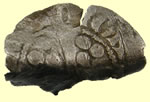 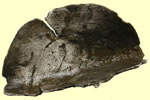 |
 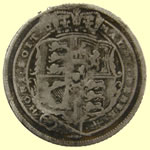 |
|||||||||||
1274 Edward 1st hammered silver penny London mint |
1819 George III milled silver sixpence | |||||||||||
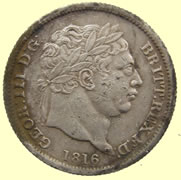  |
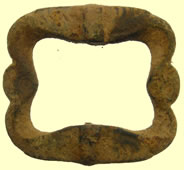 |
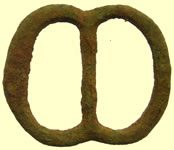 |
||||||||||
| 1816 George III milled silver shilling | Post-medieval copper-alloy buckle frame C AD 1650-1720 |
Post Medieval cast copper alloy single loop buckle frame. 1500-1650 AD |
||||||||||
 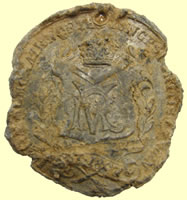 |
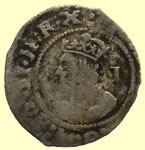 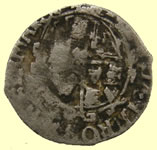 |
|||||||||||
| 1897 Victoria diamond jubilee medallion | 1631-2 Charles 1st hammered silver penny - Rose mint mark | |||||||||||
Fascinating find - 50 BC Clacton type gold stater - cleaning up and sending to CCI 5.25g, 19.54mm Thought originally to be a forgery but turns out to be 50 BC British G 'Early Clacton' low grade gold staters - reported as hoard to museum I'm not at all sure that these are forgeries, especially the full coin, because late British G 'Early Clacton' staters can often look quite rough and the weight of 5.07g is in line with it being genuine, but very base (in some cases the gold content is under 20%). Also there are two hoards, Clacton 1898 and near Woodbridge, Suffolk, where early Gallo-Belgic E staters have been found in association with Early Clacton gold, so your finds would make a lot of sense as a third hoard of this type. |
||||||||||||
 |
 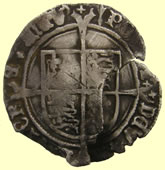 |
|||||||||||
| 2ndC Roman fibular brooch | 1505 -9 Henry VIII hammered silver half groat | |||||||||||
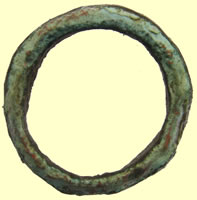 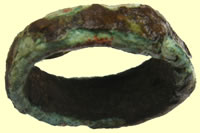 |
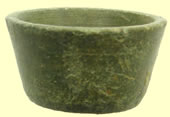  |
|||||||||||
| Iron age ring | 18thc bullion cup weight | |||||||||||
 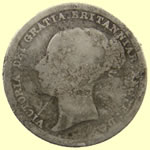 |
 |
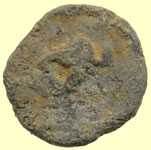 |
||||||||||
| 1887 Victoria milled silver sixpence | Post Medieval cast copper alloy single loop buckle frame. 1500-1650 AD |
Roman lead token | ||||||||||
 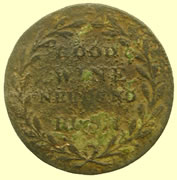 |
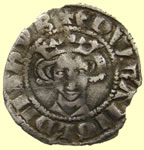 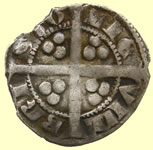 |
|||||||||||
19thC - Daniel Barrett's London (Middlesex) farthing token undated. Obverse: Corner view of house and shop: "BARRETT'S TEA WAREHOUSE * 44 FETTER LANE *". Reverse: Legend on four lines within a laurel wreath: "GOOD WINE NEEDS NO BUSH". Plain edge. The reverse legend means "A good product needs no advertisement". |
1272 Edward 1st hammered silver penny Class 9b Initial mark Cross Pattee Obv EDWR ANGL DNS HYB Rev VILL/BRI/STO/LIE - Bristol mint |
|||||||||||
 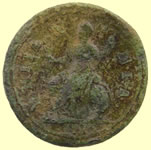 |
 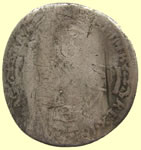 |
|||||||||||
| 1774 George III dump issue farthing | 1696 William III milled silver sixpence - love token | |||||||||||
 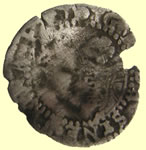 |
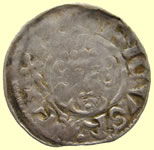 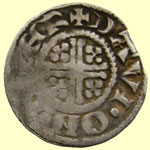 |
|||||||||||
| 1578 Elizabeth 1st hammered silver penny | 1194 King John hammered silver short cross penny - Class 5 Obv HENRIVS REX Rev DAVI ON EVER - Moneyer Davi of York mint |
|||||||||||
  |
 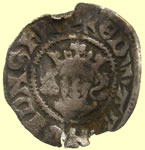 |
|||||||||||
| Huge medieval gilded harness pendant | 1344 Edward III hammered silver florin penny - Cross 3 Obv EDWAR ANGL DNS HYB Rev CIVI/TAS/LON/DON - London mint |
|||||||||||
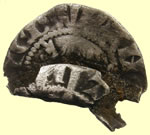  |
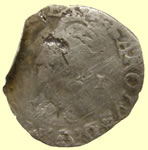  |
|||||||||||
1344 Edward III hammered silver florin penny - Cross 3 Obv EDWR ANGL DNS HYB Rev CIVI/TAS/LON/DON - London mint |
1634 Charles 1st hammered silver penny | |||||||||||
 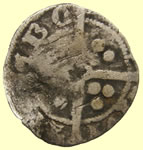 |
 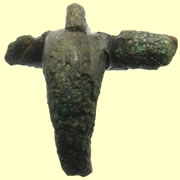 |
|||||||||||
1280 Edward 1st hammered silver farthing Obv EDVVARDVS REX Rev CIV/TAS/EBO/RACI - York mint |
2ndC Roman head stud fibular brooch | |||||||||||
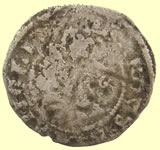 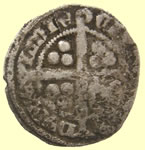 |
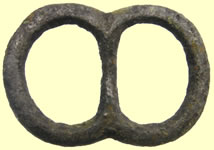 |
|||||||||||
1351-52 Edward III hammered silver penny - Pre treaty period Series C Crozier before CIVI Obv EDWARDVS REX ANGL ** Rev CIVI/TAS/DVNE/LMIE |
Post Medieval cast copper alloy single loop buckle frame. 1500-1650 AD |
|||||||||||
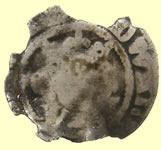  |
  |
|||||||||||
1351-61 Edward III hammered silver penny - Pre treaty period Series C to G 1 annulet in all 4 quadrants on reverse Obv *DWAR ** Rev CIVI/TAS/LON/DON - London mint |
2ndC Roman fibular brooch | |||||||||||
  |
  |
|||||||||||
| 1866 Victoria milled silver sixpence | 1422-61 Henry VI hammered silver half penny Obv +h**** NGLI Rev CIVI/TAS/**** |
|||||||||||
  |
 |
 |
||||||||||
| 1500- 1700 AD Post Medieval cast copper-alloy mount | Middlesex regiment cap badge | Georgian bell trade weight | ||||||||||
 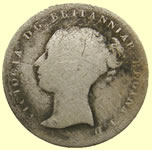 |
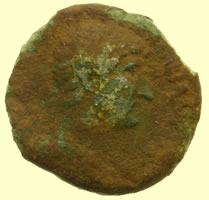 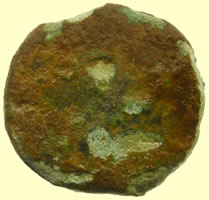 |
|||||||||||
| 1838 Victorian milled silver 3 pence | 2ndC Roman bronze coin - need a good clean up | |||||||||||
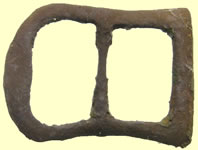 |
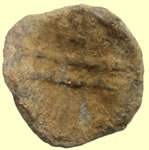 |
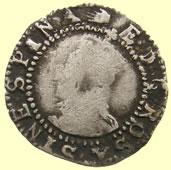 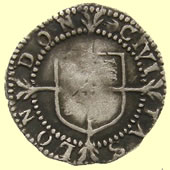 |
||||||||||
Cast asymmetrical buckle frame with a narrowed pin bar Circa AD 1575 -1700 |
15thC lead token | 1590-2 Elizabeth 1st hammered silver penny - hand mint mark | ||||||||||
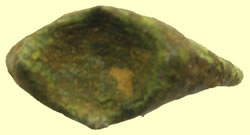 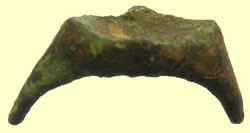 |
 |
|||||||||||
| Roman bronze finger ring | 15thC casket key | |||||||||||
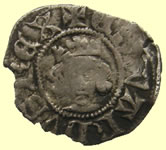 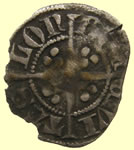 |
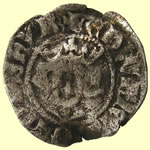 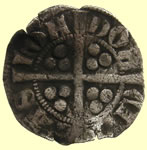 |
|||||||||||
1344 - 51 Edward III hammered silver half penny - Florin coinage -Type 7 Obv EDWARDVS REX Rev CIV/TAS/LON/DON - London mint |
1344 - 51 Edward III hammered silver half penny - Florin coinage Obv EDWAR ANGL DNS HYB Rev CIV/TAS/LON/DON - London mint |
|||||||||||
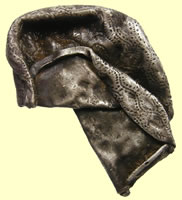 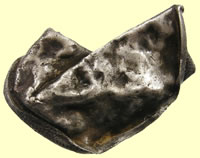 |
 |
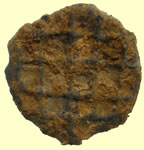 |
||||||||||
| Victorian silver watch back | 15thC lead token type 2 | 17thC lead token | ||||||||||
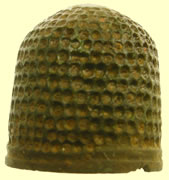 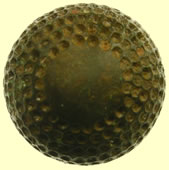 |
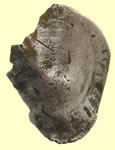 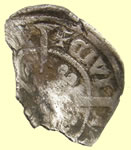 |
|||||||||||
| Medieval beehive thimble | 1274 Edward 1st hammered silver penny Initial cross before CIVI Obv EDWARD*** Rev CIV/TAS/*** |
|||||||||||
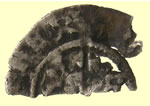  |
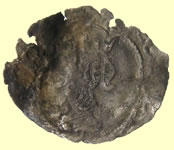 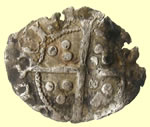 |
|||||||||||
1485 Henry VII hammered silver half penny - - narrow celft cross ends Obv ********REX Rev CIVI/**** |
1485 Henry VII hammered silver half penny - cross fourchee Double arched crown Rev CIVI/TAS LON/DON |
|||||||||||
 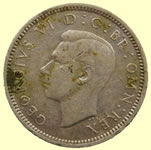 |
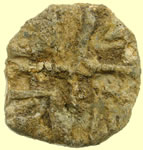 |
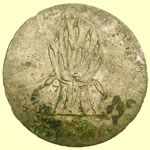 |
||||||||||
| 1942 George VI milled silver sixpence | 17thC lead token | 19thC livery button | ||||||||||
 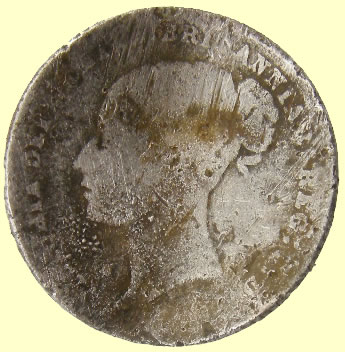 |
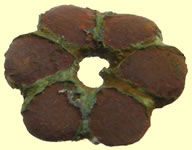 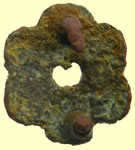 |
|||||||||||
| 1878 Victoria milled silver sixpence | A Medieval (1250-1450) sheet copper alloy (0.50mm thick) domed sexfoil belt mount with a central perforation | |||||||||||
 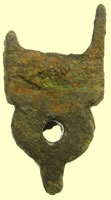 |
 |
 |
||||||||||
| Medieval book clasp | 20thC Navy blazer button | Georgian watch winder | ||||||||||
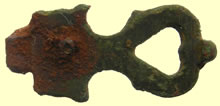  |
 |
|||||||||||
Roman military suspension loop with rivet fixing |
Medieval hammer head | |||||||||||
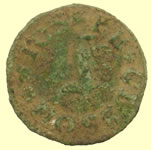 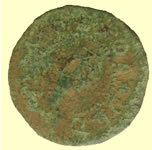 |
 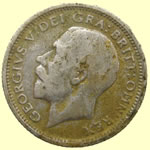 |
|||||||||||
1664 Joseph Gleson of Dedham Copper trade farthing |
1925 George V milled silver sixpence | |||||||||||
  |
 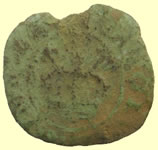 |
|||||||||||
| 1634 Charles 1st hammered copper rose farthing | 1634 Charles 1st hammered copper rose farthing | |||||||||||
 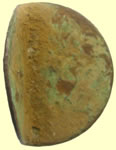 |
  |
|||||||||||
| 1796 Continental copper coin | Base metal ring | |||||||||||
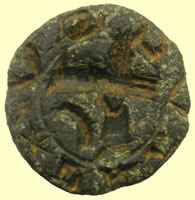 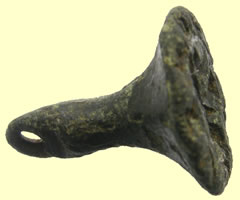 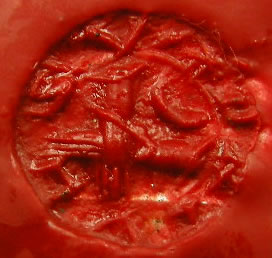 |
||||||||||||
| Medieval seal matrix | ||||||||||||
|
||||||||||||
| Medieval buckle with integral plate | ||||||||||||
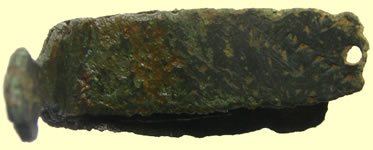 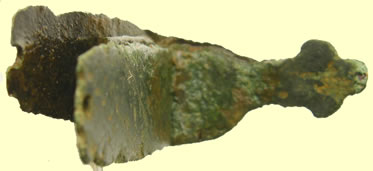 |
||||||||||||
| Medieval strap end | ||||||||||||
  |
  |
|||||||||||
| 1stC Roman Dolphin type fibular brooch | Very unusual 1st Roman fibular brooch fragment probably winged fanbow type | |||||||||||
 |
 |
 |
||||||||||
| 15thC casket key | 1720-1790 Boot or Garter buckle |
Georgian watch winder | ||||||||||
|
||||||||||||
| Stunning find - Anglo Saxon harness bridal cheek piece with face decoration | ||||||||||||
 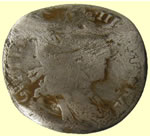 |
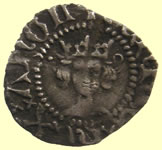 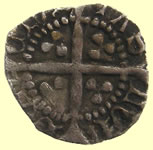 |
|||||||||||
| 1696 William III milled silver - love token | 14313 -22 Henry V hammered silver half penny- pellet and broken annulet by crown Type 6 Obv HENRICVS REX ANGL Rev CIVI/TAS/LON/DON - London mint |
|||||||||||
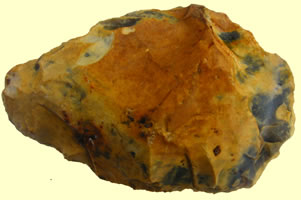  |
||||||||||||
Large 11,000 BC flint core scraper 85.56mm L x 56.59 mm W |
||||||||||||
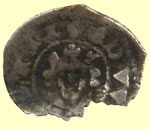  |
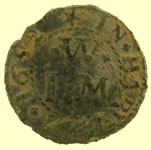 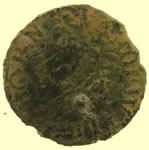 |
|||||||||||
1327 Edward III hammered silver farthing Obv EDW *********** Rev CIVI/TAS/LON/DON - London mint |
1652 John Vanewall of Harwich Essex , (W/IM) hammered copper trade farthing |
|||||||||||
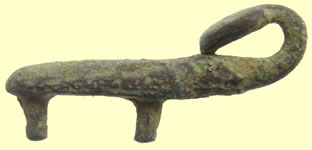 |
 |
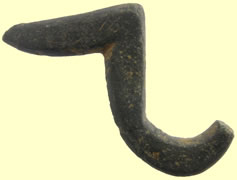 |
||||||||||
Roman harness loop junction - 2 rivet fixing |
An cast copper alloy mount of post-Medieval date (1600-1700). | Medieval chaffing dish handle | ||||||||||
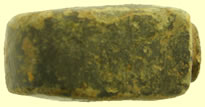 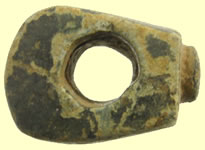 |
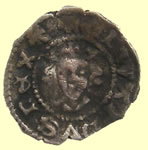 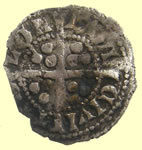 |
|||||||||||
1327 Edward III hammered silver farthing - Type 1 Obv +EDWARDVS REX A* Rev CIVI/TAS/LON/DON - London mint |
||||||||||||
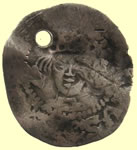  |
 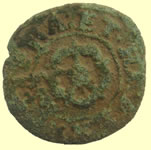 |
|||||||||||
1422 Henry VI hammered silver penny - Archiepiscopal issue Obv HENRICVS REX Double satires between Henricvs and Rex Rev CIVI/TAS/EBO/RACI - York mint Quatrefoul with pellet at centre of reverse cross |
1634 Charles 1st hammered copper rose farthing | |||||||||||
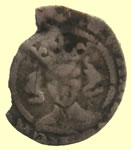  |
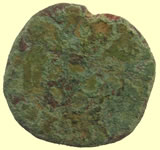  |
|||||||||||
1344 - 51 Edward III hammered silver half penny - Florin coinage Obv EDWARDVS REX ***** Rev CIV/TAS/LON/DON - London mint |
1634 Charles 1st hammered copper rose farthing | |||||||||||
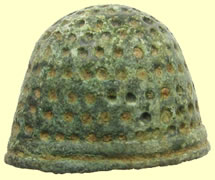 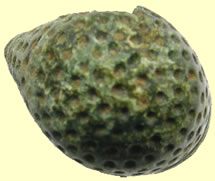 |
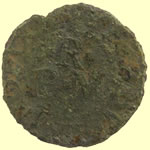 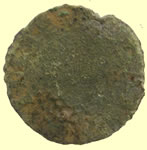 |
|||||||||||
| Medieval beehive thimble | 17thC Peter Robinson, grocer of Chelmsford Essex hammered copper trade farthing | |||||||||||
 |
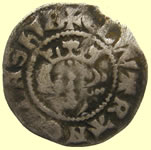 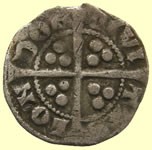 |
|||||||||||
| 18thC toy cannon | 1344 - 51 Edward III hammered silver half penny - Florin coinage Obv EDWAR ANGL DNS HYB Rev CIV/TAS/LON/DON - London mint |
|||||||||||
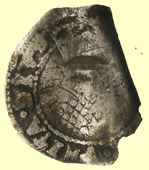 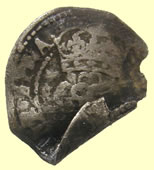 |
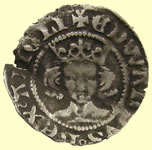 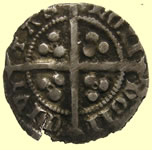 |
|||||||||||
| 1604 James 1st hammered silver half groat | 1351 Edward III hammered silver half penny - Pre treaty series A , annulet stop in Rev 4 annulets in pellets on obv Obv + EDWARDVS REX ANGLI Rev CIV/TAS/LON/DON - London mint |
|||||||||||
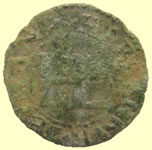 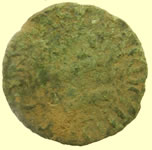 |
 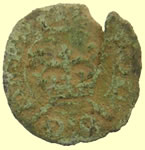 |
|||||||||||
1655 Henry Lamb of Colchester Essex hammered copper trade farthing |
1634 Charles 1st hammered copper rose farthing | |||||||||||
 |
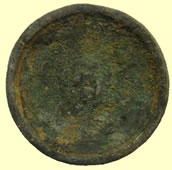 |
|
||||||||||
| Victorian trade weight | 16thC trade weight | Medieval strap end | ||||||||||
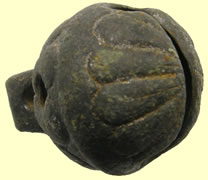 |
 |
|||||||||||
| 17thC crotal bell | Cast copper alloy buckle frame 1500 -1700 |
|||||||||||
|
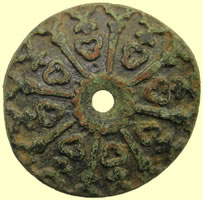 |
|||||||||||
| 17thC barrel tap - Maker EE | 16thC Tudor mount - draw pull back plate | |||||||||||
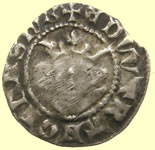 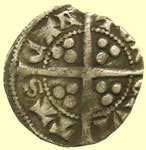 |
 |
|||||||||||
1307 Edward II hammered silver half penny - Cross Pattee Class 11 Obv EDWAR ANGL DNS HYB Rev CIV/TAS/CAN/TOR- Canterbury mint |
Large 17thC mount | |||||||||||
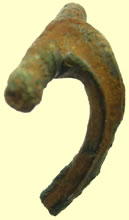 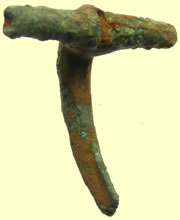 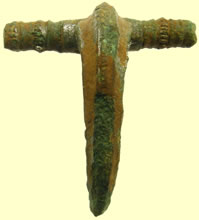 |
||||||||||||
| Stunning decorated and gilded 1st C Colchester type one- piece Roman fibular brooch | ||||||||||||
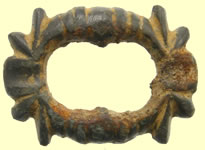 |
 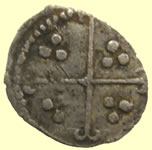 |
|||||||||||
Post medieval cast copper alloy rectangular two piece buckle C1650-1725 |
1591-4 Elizabth 1st hammered silver half penny | |||||||||||
  |
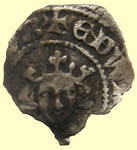 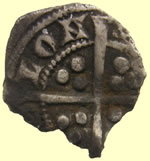 |
|||||||||||
1413 Henry V hammered silver half penny Obv HENR ***** pellet by crown |
1327 Edward III hammered silver half penny - Cross 3 Obv EDWAR ***** HYB Rev CIV/TAS/LON/DON- London mint |
|||||||||||
  |
||||||||||||
| Very neat 18thC silver button with glass stone and gold engraving | ||||||||||||
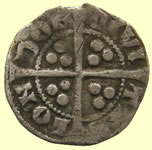 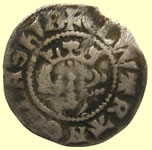 |
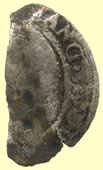 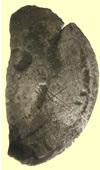 |
|||||||||||
1344 Edward III hammered silver half penny - Florin penny - Cross 3 Obv EDWAR ANGL DNS HYB Rev CIV/TAS/LON/DON- London mint |
Post medieval hammered silver half groat | |||||||||||
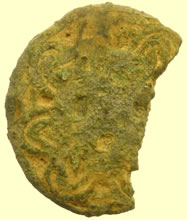 |
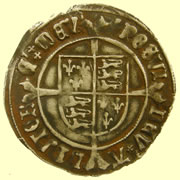 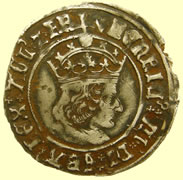 |
|||||||||||
| Saxon disc brooch | 1509- 26 Henry VIII hammered silver groat - Pheon mint mark | |||||||||||
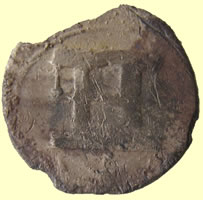 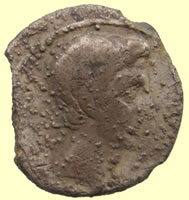 |
||||||||||||
BC Roman silver sent for ID- interesting dug condition, cooking to remove crust This one took a little digging - since there's no legible inscription at all. Turns out that first off, you had the reverse photographed upside-down as you sent it to me. If you look carefully (it's weakly struck) you can make out a peaked roof with statues at the peak and eves. This is an elevation of the Curia Julia - which still exists in the Forum in Rome - the edifice is represented by 3 stout uprights supporting the architrave and surrounded with a balustrade on 4 short columns at "waist level". It's illegible, but on a better-preserved example you would see IMP CAESAR across the architrave - the only writing on this piece by Octavian (before he became Augustus). The portrait is of Octavian, of course. This piece dates to about 30-29 BC, or shortly before Octavian became Augsutus, dissolving the Republic and creating the Principiate - the official beginning of the Empire. This piece carries a fairly high estimated price in Sear where it is # 1557; RSC 122, RIC 266; & BMCRR 4358 / BMCRE 631. Mark Very unusual to have a piece with such clear types and still have it require almost an hour to find in the literature. Not at all the sort of thing we normally see in British digs - particularly around Colchester which, although it was a really major Romanized center, dates at its earliest to mid-1st century AD - by which time this coin would have been very unlikely to still be in circulation, at least in the condition we find this one. We have no proof, of course, but this would seem to indicate either an earlier Roman presence - perhaps of some private, non-governmental, perhaps mercantile establishment or center of operation - or of significant trading activity to bring this, among other pre-Claudian, Continental types of coins, to this general location. The tin mines were nowhere near the Eastern part of the Island, right? I'm afraid that my knowledge of the geology/geography of the British Isles is poor to non-existant, but I think of the mining districts being more a feature of lands to the west, Cornwall & Wales, etc. But tin was certainly the most important (in the point of view of importers on the continent) "export product" of the Island(s) before the establishment of an ongoing, official Roman presence. I know there were flint mines not too far north of London, a good friend is originally from Feltwell, but that activity rather significantly predated the Hellenistic age and I don't think there's any geological connection between flint and tin. Mark |
||||||||||||
 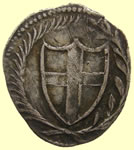 |
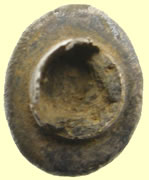  |
|||||||||||
| 1649 Commonwealth hammered silver half groat | Neat Georgian silver religious intaglio stud | |||||||||||
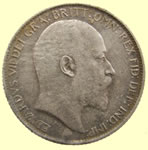  |
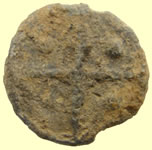 |
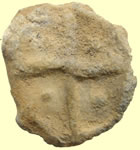 |
||||||||||
| 1908 Edward VII milled silver sixpence | 15thC lead token | 15thC lead token | ||||||||||
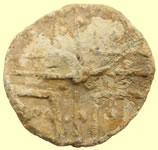 |
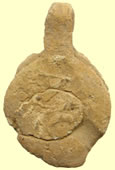 |
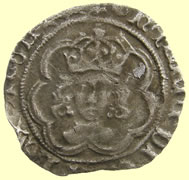 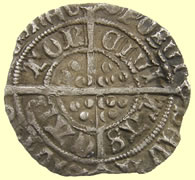 |
||||||||||
| 15thC lead token | 1486-1504 Henry VII hammered silver half groat - Two arches unjewelled crown - Tun mint mark Obv HENRIC VII DI GRA REX AGL Z Rev CIVI/TAS CAN/TOR - Canterbury mint |
|||||||||||
 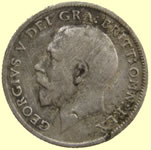 |
 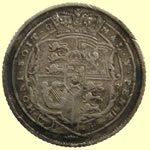 |
|||||||||||
| 1916 George V milled silver sixpence | 1817 George III milled silver sixpence | |||||||||||
 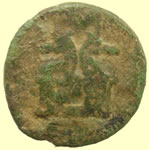 |
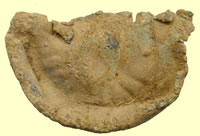 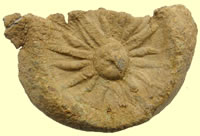 |
|||||||||||
| Continental copper coin or token ? | Medieval pilgrims ampulla | |||||||||||
 |
  |
|||||||||||
| 20thC enamelled badge | 1812 Russian lead bale seal | |||||||||||
 |
 |
|
||||||||||
| Medieval mount | Georgian watch winder | Medieval mount | ||||||||||
  |
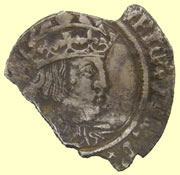 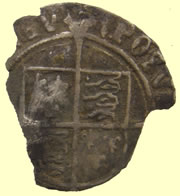 |
|||||||||||
| Early Post-Medieval (1500-1700) copper alloy belt mount in the form of an acorn | 1505 -9 Henry VIII hammered silver half groat | |||||||||||
 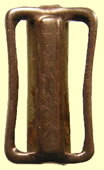 |
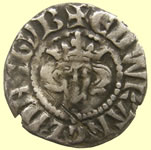 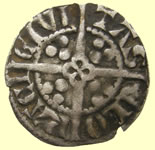 |
|||||||||||
| Victorian gold fitting | 1344 Edward III hammered silver half penny - Florin penny - Cross 1 Archiepiscopal issue - Quatrefoil with pellet on reverse cross Obv EDWR ANGL DNS HYB Rev CIV/TAS/EBO/RACI- York mint |
|||||||||||
  |
 |
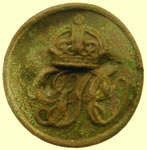 |
||||||||||
| 1st C Colchester type one- piece Roman fibular brooch | WWII RAF button | WWII Royal Engineers button | ||||||||||
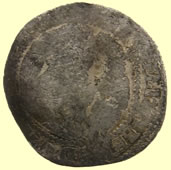 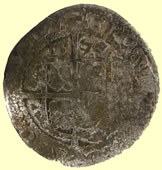 |
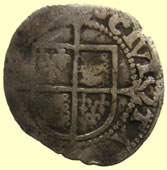 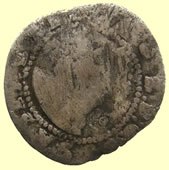 |
|||||||||||
| 1572 Elizabeth 1st hammered silver half groat | 1587-9 Elizabeth 1st hammered silver half groat - Crescent mint mark | |||||||||||
  |
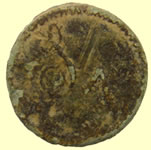 |
 |
||||||||||
| 1911 George V milled silver sixpence | 1770's shilling coin weight | Georgian horse harness bell | ||||||||||
 |
 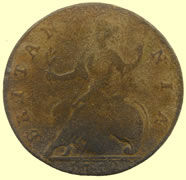 |
|||||||||||
| 18thC clog fastener | Great shape 1732 George II copper penny | |||||||||||
 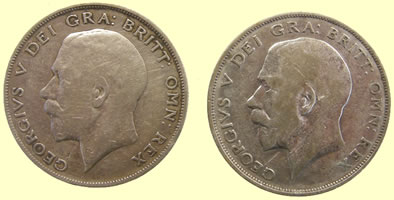 |
||||||||||||
| 1922 & 1923 George V milled silver half crowns ( 30 pence) | ||||||||||||
 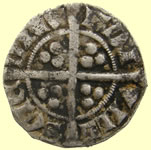 |
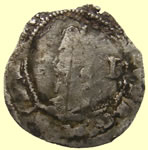 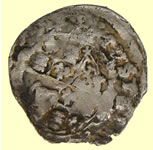 |
|||||||||||
1272 Edward 1st hammered silver penny Class 9 Obv EDWR R ANGL DNS HY Rev VILLE/SCIE/DMV/NDI - Bury St Edmunds mint |
1641-3 Charles 1st hammered silver penny - mintmark 2 dots |
|||||||||||
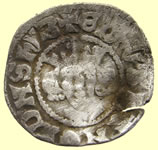  |
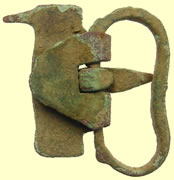 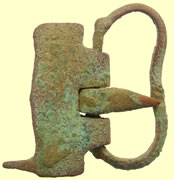 |
|||||||||||
1344 Edward III hammered silver half penny - Florin penny - Cross 3 Obv EDWAR ANGL DNS HYB Rev CIVI/TAS/CAN/TOR Canterbury mint |
Medieval buckle with integral plate | |||||||||||
Circa 1260 AD lead personal seal , 4 have been found attached to pasture rights. The design is typical of mid 13thC non heraldic seals
|
||||||||||||
 |
  |
|||||||||||
| An cast copper alloy mount of post-Medieval date (1600-1700) | An cast copper alloy mount of post-Medieval date (1600-1700) | 17thC decorated sword hanger | ||||||||||
 |
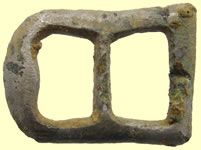 |
  |
||||||||||
| 18thC bullion weight - Lion mark | A complete cast copper alloy buckle of post-medieval date. The buckle is a double loop asymmetrical shape Circa 1575- 1700 |
1stC AD Roman Hod Hill type fibular brooch | ||||||||||
 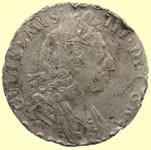 |
 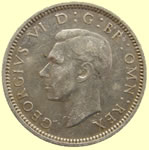 |
|||||||||||
| 1697 William III milled silver sixpence | 1943 George VI milled silver sixpence | |||||||||||
 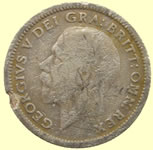 |
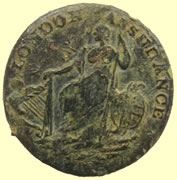 |
|||||||||||
| 1927 George V milled silver sixpence | London Assurance company button established 1720 | |||||||||||
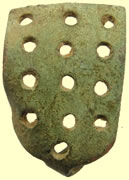 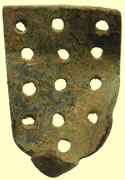 |
 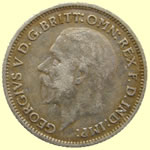 |
|||||||||||
| Saxon period fastener | 1930 George V milled silver sixpence | |||||||||||
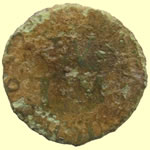 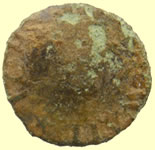 |
  |
|||||||||||
1652 John Vanewall of Harwich Essex , (W/IM) hammered copper trade farthing |
1247 Henry III hammered silver voided long cross half penny Rev **ONC/ANT - Canterbury mint
|
|||||||||||
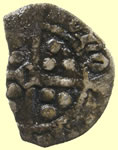 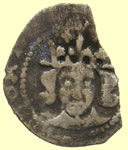 |
 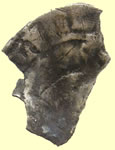 |
|||||||||||
1471 -1470 Edward IV hammered silver penny - Class XII D at centre of reverse cross Rev DVNO/LIN - Durham mint |
Medieval hammered silver penny fragment | |||||||||||
 |
|
|||||||||||
| The Irish Rebellion of 1798 (Irish: Éirí Amach 1798), also known as the United Irishmen Rebellion (Irish: Éirí Amach na nÉireannach Aontaithe), was an uprising against British rule in Ireland lasting from May to September 1798. The United Irishmen, a republican revolutionary group influenced by the ideas of the American and French revolutions, were the main organising force behind the rebellion. | Medieval mount | |||||||||||
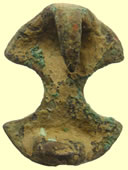  |
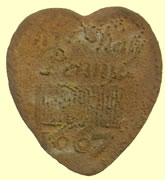 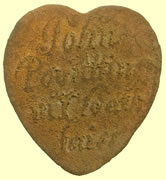 |
|||||||||||
| A cast copper alloy mount of probable Post-Medieval date (1500-1700 AD). The mount is in the shape of a hexagon with semi-circular cut outs to either side removing two of the corners and giving it a 'waisted' appearence. | 1667 My half penny trade token - John Pounsfoot of Sherborne Dorset | |||||||||||
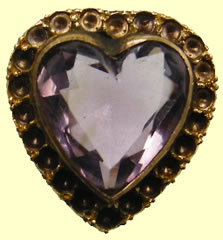 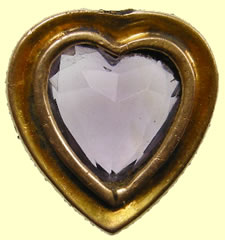 |
||||||||||||
Amethyst and gold pendant - not certain of age so reported as potential treasure to museum - no hallmarks Dated as 18thC so not treasure |
||||||||||||
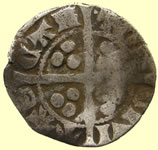  |
 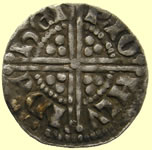 |
|||||||||||
1344 Edward III hammered silver penny - Florin type - Cross 3 Obv EDWAR ANGL DNS HYB Rev CIVI/TAS/CAN/TOR Canterbury mint |
1247 Henry III hammered silver voided long cross penny - Class Vb Obv HENRICVS REX III Rev HEN/RIO/LVNDE - Moneyer Henri of London mint |
|||||||||||
 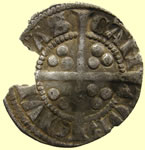 |
  |
|||||||||||
1272 Edward 1st hammered silver penny - Cross Pattee Obv ED**** ANGL DNS HYB Rev CIVI/TAS/CAN/TOR Canterbury mint |
1247 Henry III hammered silver voided long cross half penny | |||||||||||
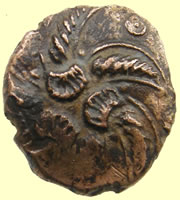 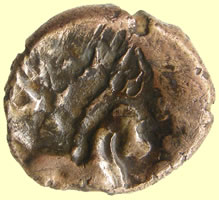 |
||||||||||||
45 BC Celtic stater of Addedomaros - sent for recording to CCI and reported as hoard to museum 5.26g,18.16mm |
||||||||||||
|
||||||||||||
45 BC Celtic stater of Addedomaros - sent for recording to CCI and reported as hoard to museum 5.54g, 17.19mm |
||||||||||||
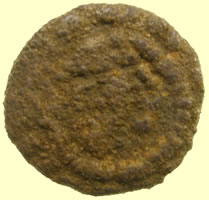  |
||||||||||||
| circa 600 AD Saxon silver sceat - cooking to remove crust | ||||||||||||
 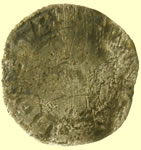 |
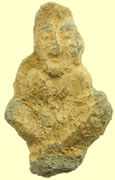 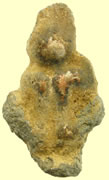 |
|||||||||||
1344 Edward III hammered silver penny - Florin type - Cross 3 Obv ED*** ANGL DNS HYB Rev CIVI/TAS/CAN/TOR Canterbury mint |
Interesting figurine - need cleaning as it appears to be lead but with gold or copper showing through the back | |||||||||||
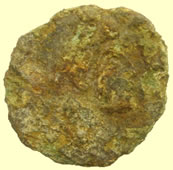 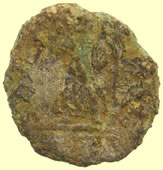 |
 |
|||||||||||
| Mid 4thC House of Constantine Roman bronze coin | 18thC Royal artillery button | |||||||||||
 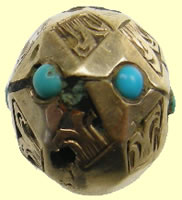 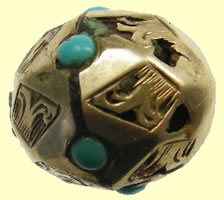 |
||||||||||||
| Stonking gold decorated pin head with 2 small cut outs - it 'feels' early and could be even medieval - reported to museum as potential treasure | ||||||||||||
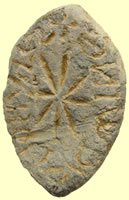  |
||||||||||||
| 13thC lead vessica seal matrix | ||||||||||||
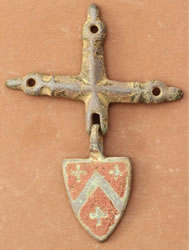 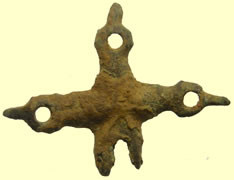 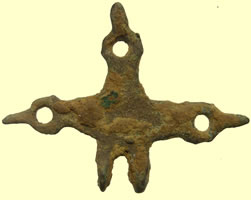 |
||||||||||||
| Medieval harness hanger | ||||||||||||
As dug and 'Cooking' Roman silver - still more to do yet and then I will resent it to Mark Lehman The details are still a bit fuzzy, but I can tell you that it's a denarius of Hadrian (117-138 AD.) and the reverse type is TELLVS STABIL. A woman - the personification of Tellus - standing left holding a plow-handle and a rake - 2 corn plants protrude from the ground behind her. This is a product of the Mint at Rome in 133 AD. The obverse reads (or should read) HADRIANVS AVG COS III P P - and if you study it closely, you can tell that it does have that legend. |
||||||||||||
|
||||||||||||
As dug and 'cooking' pics - still more work to do yet Primary Saxon silver sceat 600- 700 AD - sent to Fitzwilliam museum for recording and ID |
||||||||||||
As dug and now 'cooking' to remove crust
|
||||||||||||
Primary Saxon silver sceat 600- 700 AD - sent to Fitzwilliam museum for recording and ID Left facing bust 1.23g, 11.41mm |
||||||||||||
|
||||||||||||
Monster find - circa 8thC Anglo Saxon mount - possibly Viking - one for the museum - cleaned up pictures added Black enamel with silver inlay 40.28mm high |
||||||||||||
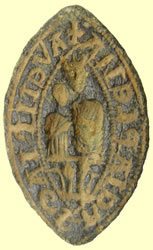 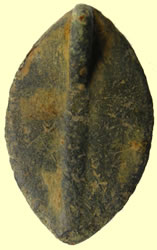 |
||||||||||||
Stunning 13thC vessica seal matrix Cleaning up and then will take a wax impression |
||||||||||||
1712 Portugal 1000 Reis gold coin Obverse: Crowned arms with vertical value at left side, titles of John V at right Obverse Legend: IOANNES V D G ... Reverse: Jerusalem cross, quatrefoil in angles, date above Reverse Legend: IN HOC SIGNO VINCES
|
||||||||||||
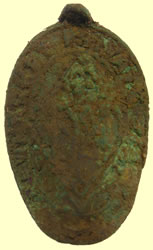   |
||||||||||||
| Newmarket racecourse private stand entry tag cleaned up | ||||||||||||
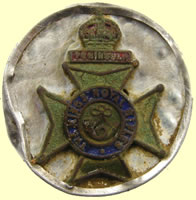 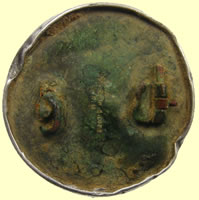 |
 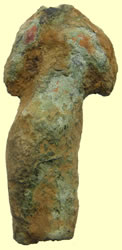 |
|||||||||||
| Really neat The Kings Royal Rifles silver and enamel badge | Roman bronze votive figurine | |||||||||||
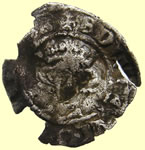  |
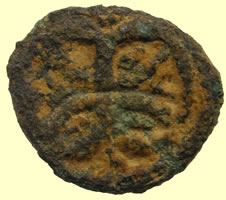 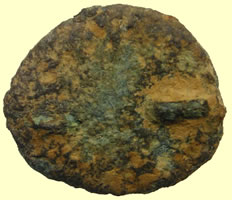 |
|||||||||||
1344 Edward III hammered silver half penny - Florin penny - Cross 3 Obv EDWAR ANGL DNS HYB Rev CIV/TAS/LON/DON- London mint |
Roman enamelled disc brooch - soaking in distilled water to clean up | |||||||||||
  |
 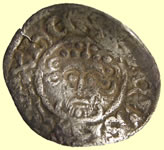 |
|||||||||||
| 1579 Elizabeth 1st hammered silver half groat | 1204/5 John hammered silver short cross penny - Class 5b Obv HENRICVS REX Rev + TOMAS TO on CAR - Moneyer Tomas of Carlisle mint |
|||||||||||
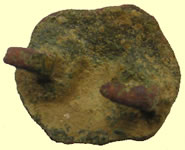  |
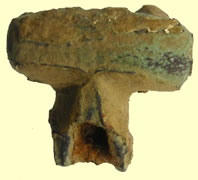 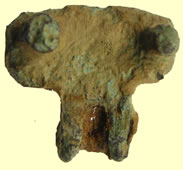 |
|||||||||||
| 1500-1700 mount | Medieval gilded harness pendant hanger | |||||||||||
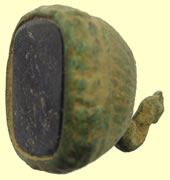 |
||||||||||||
| Georgian fob seal | ||||||||||||
As dug and now 'cooking' to remove crust |
||||||||||||
Primary Saxon silver sceat 600- 700 AD - sent to Fitzwilliam museum for recording and ID Left facing bust 1.23g, 11.41mm This new find (EMC 2013.0069) might be Series R9, but enhanced images would certainly be appreciated. Best wishes, Martin |
||||||||||||
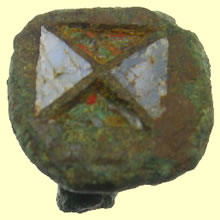 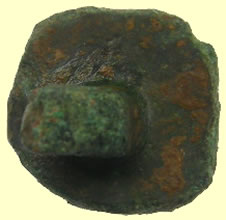 |
||||||||||||
| Stunning enamelled Saxon mount | ||||||||||||
 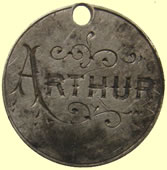 |
 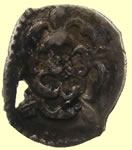 |
|||||||||||
| Victorian silver love token | 1607-9 James 1st hammered silver half penny - Coronet mint mark | |||||||||||
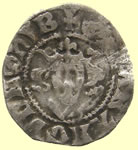 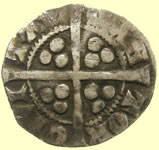 |
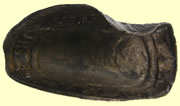  |
|||||||||||
1344 Edward III hammered silver penny - Florin type - Cross 3 Obv EDWAR ANGL DNS HYB Rev CIVI/TAS/CAN/TOR Canterbury mint |
1562 Elizabeth 1st hammered silver sixpence | |||||||||||
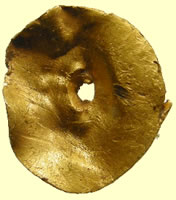 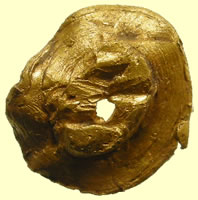 |
||||||||||||
Saxon gold 'Flat type' pin head back- reported as treasure to museum 0.94g, 10.35mm |
||||||||||||
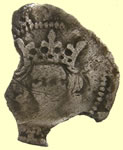 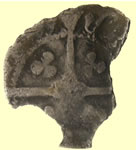 |
 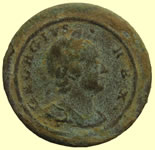 |
|||||||||||
1413 AD Henry V hammered silver penny
Quatrefoil in cebtre of reverse cross York Archiepiscopal issue Rev ****/EBO - York mint
|
Great shape 1727 George 1st copper dump issue half penny | |||||||||||
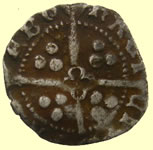 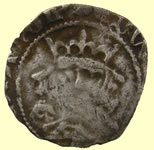 |
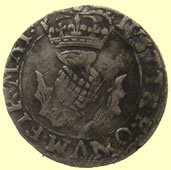 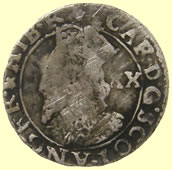 |
|||||||||||
1351-77 Edward III hammered silver penny - Pre treaty Obv EDW *** ANGLI F Rev CIVI/TAS/EBO/RACI - York mint |
Scottish 1636 Charles 1st hammered silver 20 pence | |||||||||||
  |
 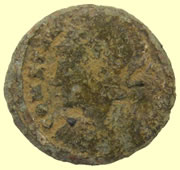 |
|||||||||||
| 2ndC Roman fibular brooch | 4thC Roman bronze coin sent for ID This is a CONSTANTINOPOLIS commemorative. These were issued along with a parallel VRBS ROMA type in commemoration of Rome at the time that Constantine inagurated his new capital at Constantinople. These were struck between 330-337 AD. at mints all over the Empire. They are contemporary with the common GLORIA EXERCITVS coins with 2 soldiers flanking 1 or 2 standards, with which I am sure you're familiar. This piece looks as though it might acutally be able to be somewhat improved with some careful cleaning. Mark |
|||||||||||
 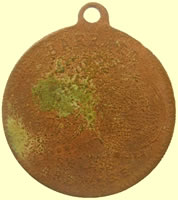 |
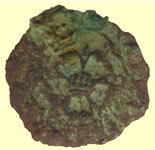 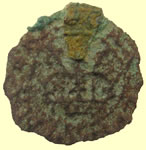 |
|||||||||||
| 1897 Victoria diamond jubilee medallion | 1634 Charles 1st hammered copper ros eferthing | |||||||||||
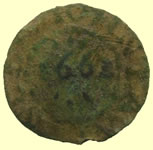  |
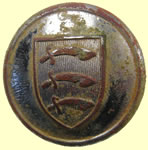 |
 |
||||||||||
1662 John Lawerence of Colchester hammered copper trade farthing |
20thC Essex corporation button | Medieval lead trade weight | ||||||||||
 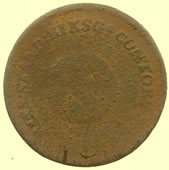 |
  |
|||||||||||
1801 Sweden 1/2 skilling copper coin Obv: Round arms Rev: Value, date |
17thC Elias Moortier , bays maker of Colchester hammered copper trade farthing | |||||||||||
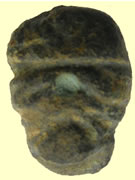 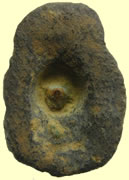 |
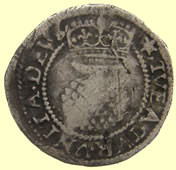  |
|||||||||||
| Roman mount | 1619-20 James 1st hammered silver half groat | |||||||||||
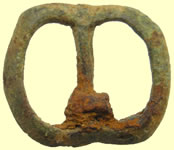 |
 |
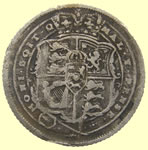  |
||||||||||
Post Medieval cast copper alloy single loop buckle frame. 1500-1650 AD |
Unknown navy button | 1816 George III milled silver sixpence | ||||||||||
  |
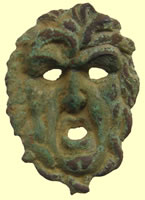 |
|||||||||||
| Taco'd medieval hammered silver long cross penny- needs straightening to ID | Georgian face mount | |||||||||||
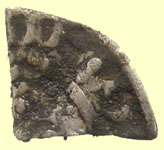 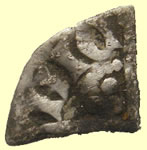 |
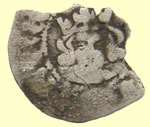 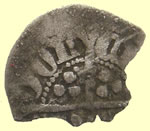 |
|||||||||||
1247 Henry III hammerd silver farthing
Obv ** /RIC/** - Moneyer Richard of Canterbury mint
|
1327 Edward III hammered silver half penny Obv EDWARDVS REX *** - type Rev CIV/TAS/LON/DON- London mint |
|||||||||||
  |
  |
|||||||||||
| 1940 George VI milled silver half crown (30 pence) | Very crisp 1758 George II milled silver sixpence | |||||||||||
 |
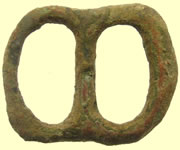 |
 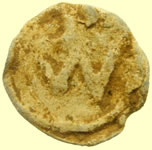 |
||||||||||
| 15thC lead token | Post Medieval cast copper alloy single loop buckle frame. 1500-1650 AD |
17thC lead token | ||||||||||
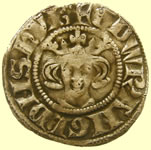 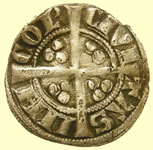 |
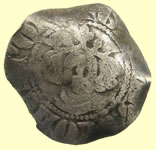 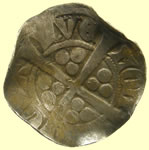 |
|||||||||||
Beautiful crisp strike of a rare Class 3d Lincoln mint distinctive by the R having an annulet tail 1272 Edward 1st I hammered silver penny - Class 3d Obv EDWAR ANGL DNS HYB Rev CIV/TAS/LIN/COL- Lincoln mint |
13thC Continental E(a) sterling imitaition of a hammered silver English penny. Very interesting as this is the first Henry one we have found. The legend does not make any sense on these coins Cross 1 Obv HENS COMES D CONRE Rev OVA/L.VE/MON |
|||||||||||
10.35mm, 1.46g |
||||||||||||
70BC Morini boat tree Celtic gold qtr stater - reported to museum as hoard and sent to CCI for recording
|
||||||||||||
  |
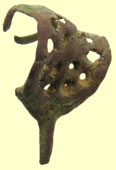 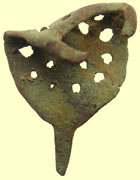 |
|||||||||||
| Taco'd medieval hammered silver short cross penny- needs straightening to ID | Medieval clothing fastener | |||||||||||
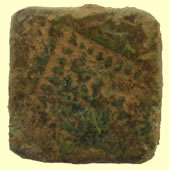 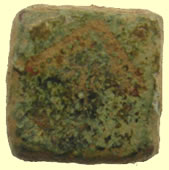 |
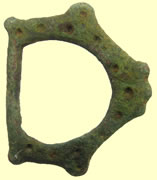 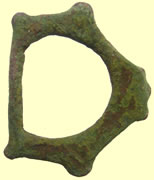 |
|||||||||||
| Unknown early coin weight - researching | C 8thC Saxon buckle | |||||||||||
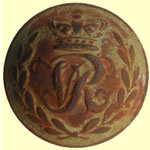 |
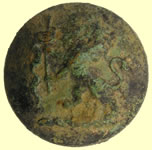 |
 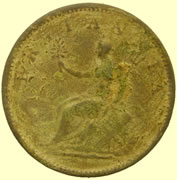 |
||||||||||
| Victorian Royal Engineers army button | 19thC liver button | 1807 George III copper penny | ||||||||||
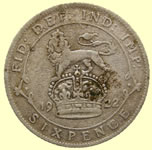 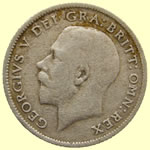 |
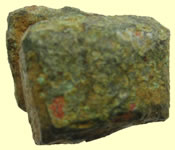 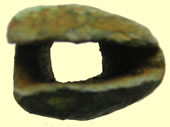 |
|||||||||||
| 1922 George V milled silver sixpence | Medieval knife quillion | |||||||||||
 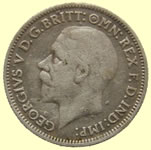 |
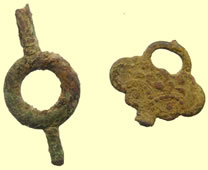 |
|||||||||||
| 1931 George V milled silver sixpence | Georgian watch winders | |||||||||||
 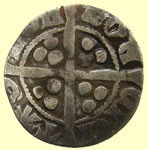 |
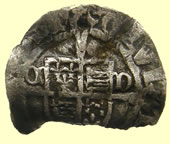 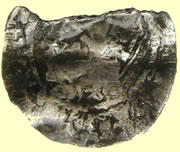 |
|||||||||||
1344 Edward III hammered silver penny - Florin issue Obv EDWAR ANGL DNS HYB Rev CIV/TAS/LON/DON- London mint |
1509 AD Henry VIII Sovereign penny - CD by shield (Bishop Cuthbert Tunstall) Durham mint |
|||||||||||
 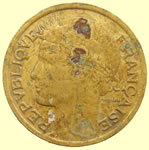 |
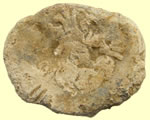 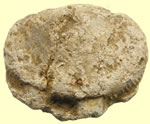 |
|||||||||||
| Heart attack find in the hole !! 1941 French 2 Franc coin | Post medieval lead bale seal | |||||||||||
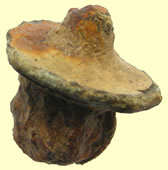 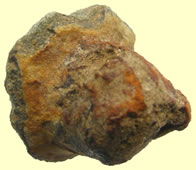 |
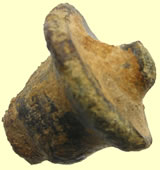 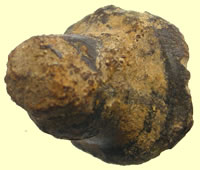 |
|||||||||||
| Roman bronze mount | Roman bronze mount | |||||||||||
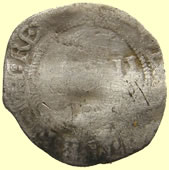 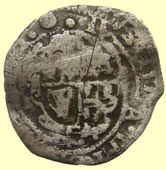 |
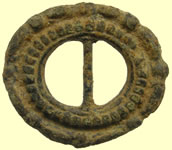 |
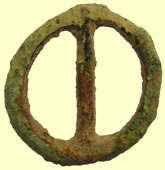 |
||||||||||
| 1641-3 Charles 1st hammered silver penny - mintmark 2 dots | Georgian shoe buckle | Medieval annular buckle | ||||||||||
 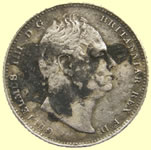 |
 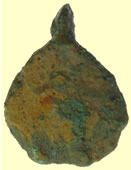 |
|||||||||||
| 1831 William IV milled silvber sixpence | Medieval harness pendant | |||||||||||
 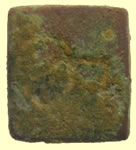 |
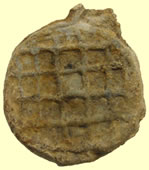 |
 |
||||||||||
| 18thC apothecary weight | 17thC lead token | Georgian barrel key | ||||||||||
 |
 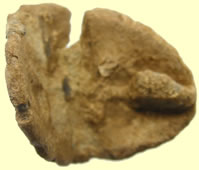 |
|||||||||||
| Medieval pot leg | 13thC lead vessica seal matrix | |||||||||||
  |
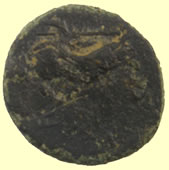 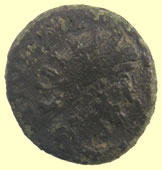 |
|||||||||||
Scottish 1205 - 1230 William the Lion hammered silver half penny Obv **LER ** Rev **ALTER - Moneyer Huge Walter |
Very interesting 4thC Roman bronze coin with prancing animal on back - sent to mark Lehman for ID I'm going to have to do a little more research, but I can give you some preliminary findings - This is an antoninianus of Gallienus, 253-268 It was during his time that the silver content of the "silver" denominations finally fell so low that they could not be made to look "silvery" without resorting to some sort of silvery coating. The way this was achieved is still somewhat debated, but it seems likely that when the blank flans were annealed prior to striking, they became fire-stained and so had to be bleached or "pickled" - this depleted the copper at the surface and left the silver as tiny enriched "beads" which, when the coin was struck, united to become a very thin silver(y) coating. This didn't last very long, as you might expect. Gallienus, due to his long reign and the hideous inflation in the Empire at the time, was among the very most prolific of coin producers at a time when the endless reproduction of the same few types we see in the next century hadn't yet begun. Gallienus, therefore, has more types of antoniniani altogether than all the other rulers who ever struck antoniniani combined. That does seem to be an animal on the reverse, but which animal it is supposed to be still escapes me. If you have a quick look through it, I think you'll see the problem I'm encountering. Although it seems certain that an animal was being portrayed on this coin's reverse, which one is a mystery. Without a single letter of legend from the reverse, I don't even know which series of animal types to begin to look in - this gallery has no examples from the rather rare category of legionary animals, so there are whole categories of animalia which I am at a loss to use even to do pattern recognition identification. There are several websites completely dedicated to the types of Gallienus and family, when I have the time, I may run through one or more of them trying to see what that straight-line object might be - I can't make sense of it as a spear, trident, weapon, exergual line, or any other sort of straight-line feature in relation to the body of any of the many animals - real and mythical - with which I am familiar. Mark
|
|||||||||||
 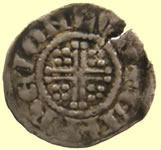 |
 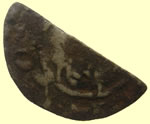 |
|||||||||||
Very crisp 1204/5 King John hammered silver short cross penny - Class 5b Obv HENRICVS REX Rev HENRI ON LVND - Moneyer Henri of London mint |
1215 Henry III hammered silver short cross half penny Rev ** ON.CANT** - Canterbury mint |
|||||||||||
 |
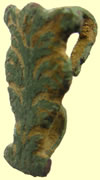 |
 |
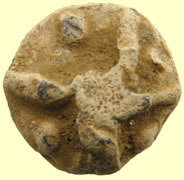 |
|||||||||
| 1500-1700 mount | 17thC sword hanger belt slide | A complete cast copper alloy buckle of post-medieval date. The buckle is a double loop asymmetrical shape Circa 1575- 1700 |
Medieval lead trade weight | |||||||||
 |
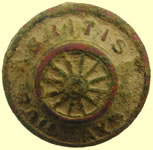 |
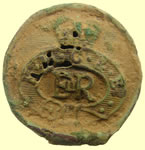 |
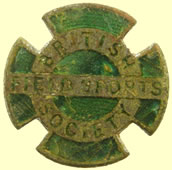 |
|||||||||
| 20thC brooch | British Railways button | Elizabeth II Army button | British field sports society enamelled badge Year: |
|||||||||
 |
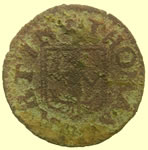 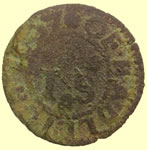 |
|||||||||||
| 18thC musket ramrod guide | This is a very rare 17thC trade token as the Norweb ref books do not show any tokens issued for Hadleigh - great find 1667 Thomas Martin of Hadleigh Essex hammered copper trade farthing Obv THOMAS MARTIN Rev TS 1667 OF.HADLEIGH |
|||||||||||
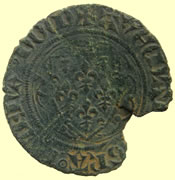 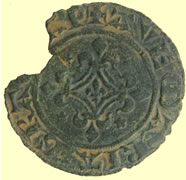 |
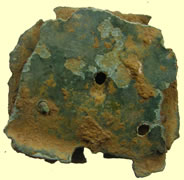  |
|||||||||||
1346-80 Charles V Shield of France ancient type jetton Obv + AVE MARIA GRACIA PLE Rev Double stranded arcuate cross fleuretty with lis at centre
|
Medieval buckle plate | |||||||||||
 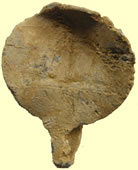 |
 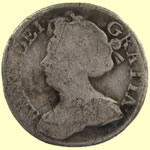 |
|||||||||||
| Post medieval London lead cloth seal | 1711 Queen Anne milled silver sixpence | |||||||||||
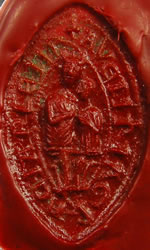 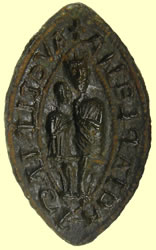  |
||||||||||||
Simply stunning cleaned up 13thC vessiaca seal matrix with wax impression taken - Madonna and child + AVE TIR TAG R ACIA PLENA (full of (gr)ace) |
||||||||||||
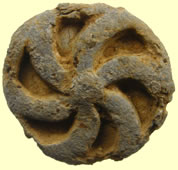 |
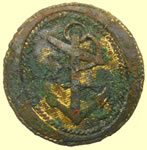 |
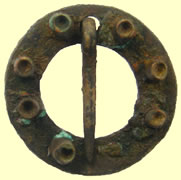 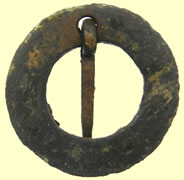 |
||||||||||
| 17thC lead mount | RN Capt / Commander - 1787 RN Lieutenant - 1787 |
Very unusual medieval annular brooch | ||||||||||
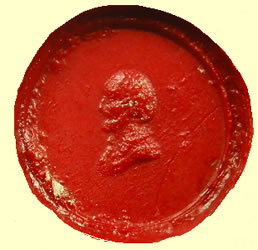  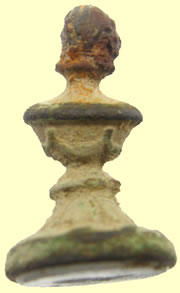 |
||||||||||||
| The tiniest Georgian fob seal I have ever seen - you see the scale by the tweezers holding the seal - amazing skill to cut a detailed bust impression that small | ||||||||||||
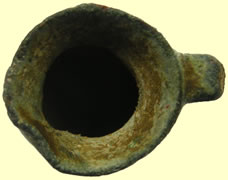 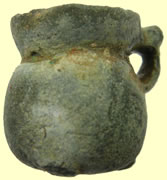 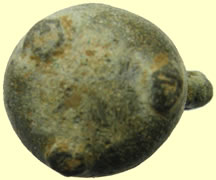 |
||||||||||||
| Roman bronze offering pot | ||||||||||||
 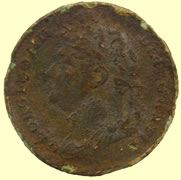 |
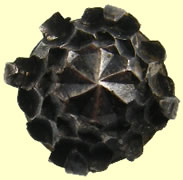  |
|||||||||||
| 1822 George IV copper half penny | 20thC silver mount | |||||||||||
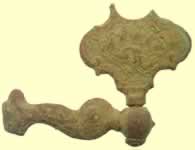 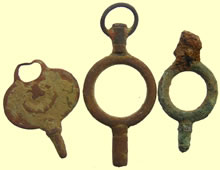 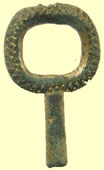 |
||||||||||||
| Georgian watch winders | ||||||||||||
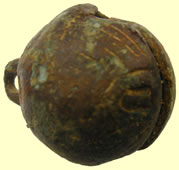 |
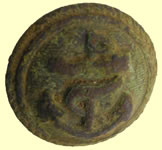 |
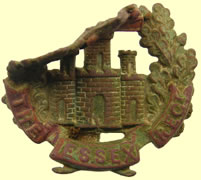 |
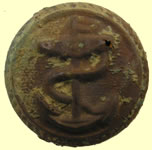 |
|||||||||
| 17thC crotal bell - maker M | Britain's Merchant Navy Generic Design Issue In use 1900 's onwards |
The Essex Regiment cap badge | Britain's Merchant Navy Generic Design Issue In use 1900 's onwards |
|||||||||
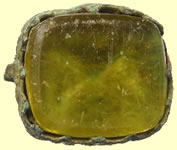 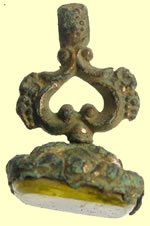 |
  |
|||||||||||
| Georgian fob seal | 1215 Henry III hammered silver short cross penny Obv HENRICVS REX Rev ** ON.LVD + - London mint |
|||||||||||
  |
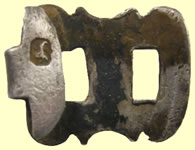 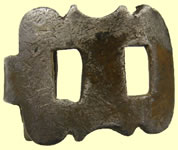 |
|||||||||||
Medieval hammered silver penny - need straightening to ID Rev CIVI/TAS/LON/DON - London mint |
18thC silver clog fastener | |||||||||||
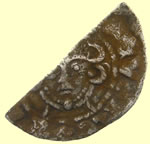  |
 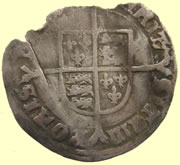 |
|||||||||||
1247 Henry III hammered silver half penny Obv /OLE/ONC/ - Moneyer Nicole of Canterbury |
1554 Mary hammered silver groat | |||||||||||
 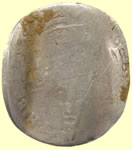 |
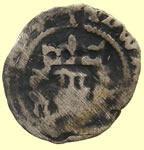  |
|||||||||||
| 1696 William III hammered silver sixpence - love token | This hammered silver penny has me totally stumped at the moment as it is clearly an Edward of the York mint but the centre of the reverse cross has a type not in the ref books. If it is a blundered E then it cannot be York mint ?im Plain Cross so Edward 1st Working on it Obv EDWA **** Rev CIVI/TAS/EBO/RACI - York mint |
|||||||||||
 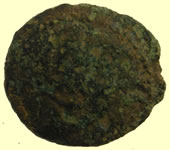 |
 |
|||||||||||
| 10-40 AD Cunobelin Celtic bronze unit - needs more cleaning before sending to CCI | Lead toy | Georgian nut cracker | ||||||||||
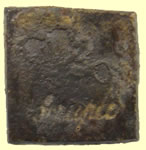 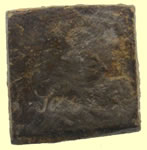 |
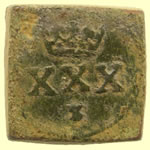 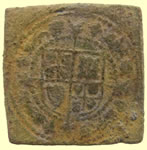 |
|||||||||||
| 1770's scripule coin weight | Large Rose Ryal gold coin weight of James 1st 3rd coinage 1619-25 AD 20.35mm, 12.13g |
|||||||||||
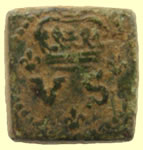 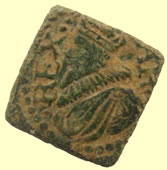 |
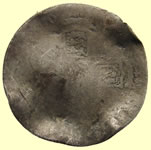 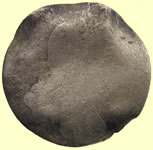 |
|||||||||||
Silver Crown coin weight of Charles 1st 1625 AD 2.10g,11.43mm |
1696 Willaim III milled silver sixpence | |||||||||||
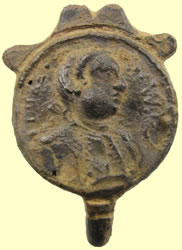 |
 |
 |
||||||||||
Love this mount find which reads Duke W It is George 1st period by the dress and need research to ID the guy |
Great Western and Steam ship button | Georgian button | ||||||||||
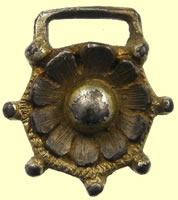 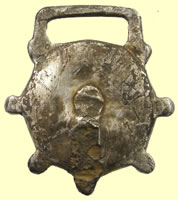 |
||||||||||||
| 16thC Tudor gilded silver clothing fastener - reported as treasure to museum | ||||||||||||
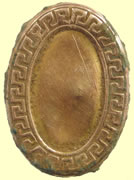 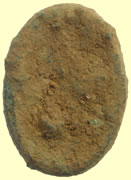 |
 |
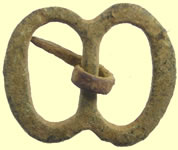 |
||||||||||
| Georgian gold cufflink - this is an interesting construction as it a thin gold sheet over a copper inner and not plated | Post Medieval cast copper alloy single loop buckle frame. 1500-1650 AD |
Post Medieval cast copper alloy single loop buckle frame. 1500-1650 AD |
||||||||||
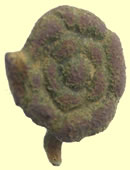 |
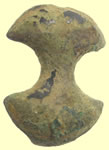 |
 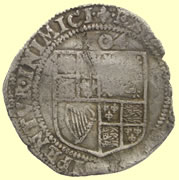 |
||||||||||
| 1500-1700 Tudor rose mount | 1500-1700 mount | 1604 James 1st hammered silver sixpence - Lis mint mark | ||||||||||
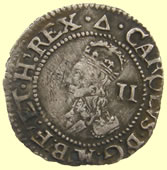 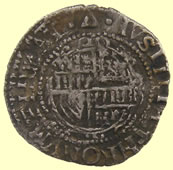 |
  |
|||||||||||
| Beautiful obv strike of a 1639-40 Charles 1st hammered silver half groat - triangle mint mark - Interesting double strike of rev | 19thC Victoria milled silver 3 pence - worn date | |||||||||||
Previous 2013 Feb finds click here New finds page 2013 March 2 added
|
||||||||||||
